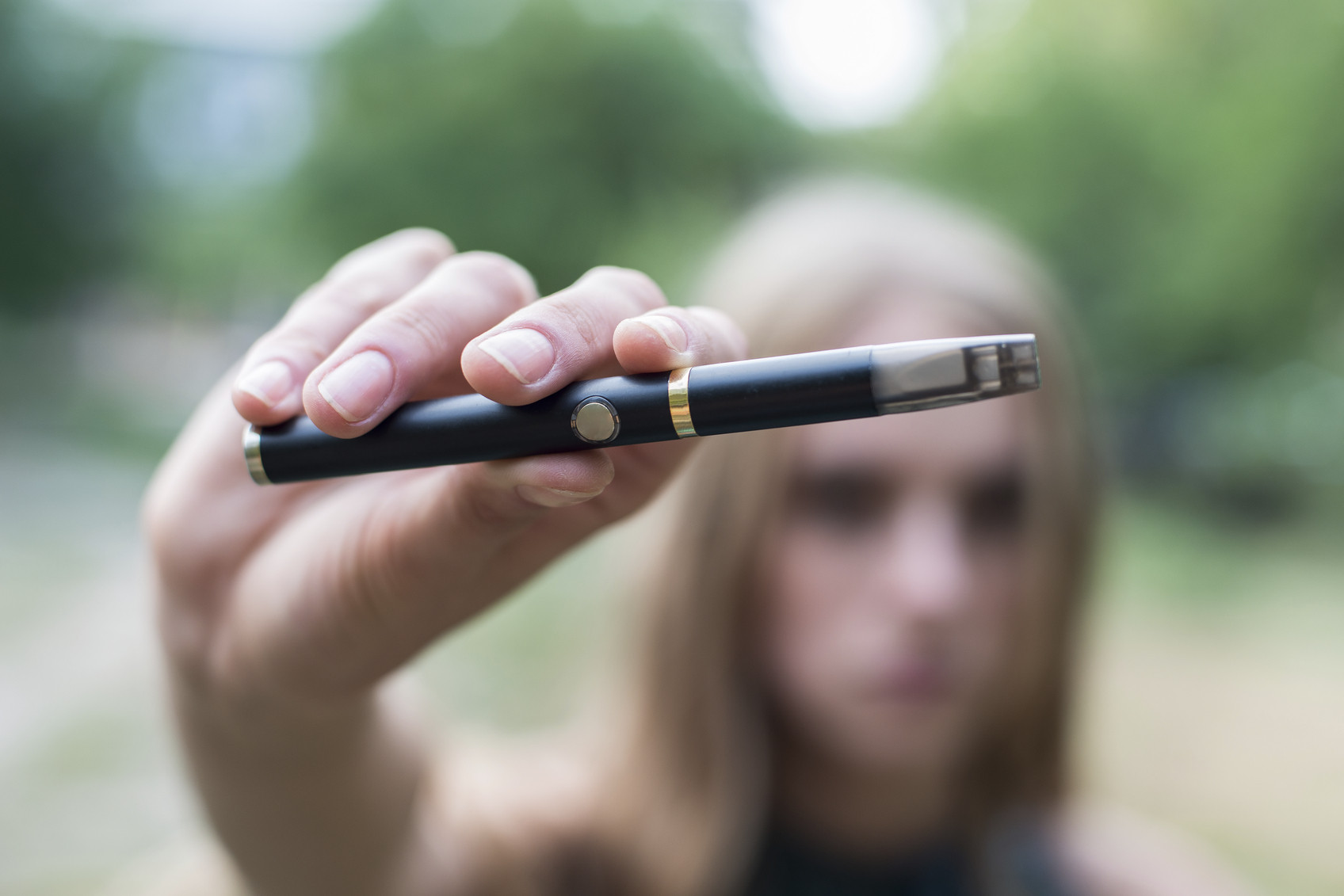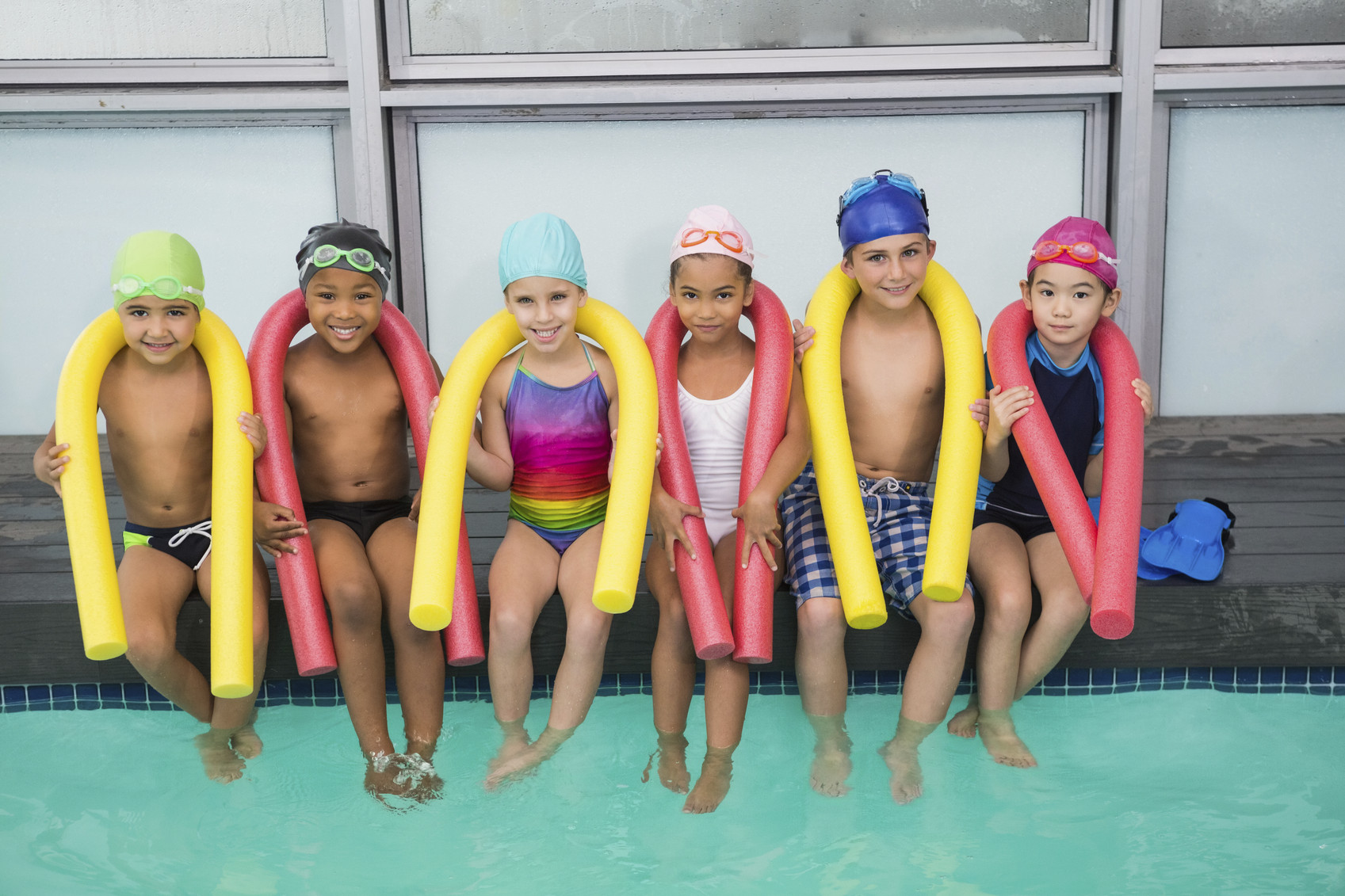
5 timeless habits for better health

What are the symptoms of prostate cancer?

Is your breakfast cereal healthy?

When pain signals an emergency: Symptoms you should never ignore

Does exercise give you energy?

Acupuncture for pain relief: How it works and what to expect

How to avoid jet lag: Tips for staying alert when you travel

Biofeedback therapy: How it works and how it can help relieve pain

Best vitamins and minerals for energy

Should you take probiotics with antibiotics?
Child & Teen Health Archive
Articles
Teens who use flavored e-cigarettes more likely to start smoking
E-cigarette smoking among teens is on the rise, and teens are more likely to transition from smoking e-cigarettes to smoking traditional cigarettes. E-cigarettes are marketed towards young people, emphasizing the need for dialogue between teens and the adults in their lives on the health risks surrounding this trend.
Why experts recommend newborns sleep in their parents’ room for the first year
Experts now recommend that new parents sleep in the same room as their new infant for the first 6-12 months of his/her life. While this might wake the parents up more, it’s much safer for the child. Sudden unexplained infant death (SUID) happens much less frequently when the parents sleep in the same room as their baby. And six months will go by faster than you think.
The 2 reasons your child needs to get a flu shot this season
It’s especially important for children to get flu shots, both because the flu can hit the young with particular severity, and because of the potential to pass the illness to others.
Less than 1 in 10 teens gets enough exercise: What this means for them and says about us
Teens don’t exercise enough, and with a third of U.S. adults classified as obese, it’s important that exercise is encouraged in children and teens. Starting healthy habits when they’re young keeps kids healthy into adulthood. Studies show that obese adults rarely lose the weight, so it’s better to keep the weight off in the first place. A lot has to do with our biology but also our lifestyle, and we can change the latter. So let’s get our children and teens moving.
New study says that it’s safe to skip the spoon and let babies feed themselves
A study suggests that a new approach to baby-led weaning is safe and has some benefits. With parent supervision, babies can feed themselves solids without a spoon — foods that they can pick up and get into their mouths, but that are also low risk for choking. Benefits of this approach include babies starting solids when they’re ready rather than when parents are ready and babies learn early to be in charge of what and how much they eat.
2 simple ways to ensure you give your kids the right dose of medicine (lots of parents don’t)
It’s surprisingly easy to give a child an incorrect dosage of liquid medication, and many parents do. When giving medication to a child, be sure you understand the instructions and use a medication syringe rather than a dosing cup. Take the extra time to read and think, and ask questions. These simple steps can make all the difference.
Another study shows parents of newborns don’t always follow safe sleep recommendations
A study found that parents of newborns frequently do not follow safe sleep guidelines for their babies even though it’s likely they are familiar with them. The most common mistake is putting blankets or other items in a baby’s crib, but cribs should be empty. While it’s hard to imagine sleeping on a bare mattress, babies really don’t need bedding. And it’s not worth risking your baby’s life for the sake of a blanket.
4 back to school tips to get your child off to a great start
As summer begins winding down, it’s time to begin preparing your children for life back at school. Although going from a relaxed summer to a regimented schedule can be difficult at first, parents can follow simple steps to set up their kids for health and academic success as they get back into the swing of school.
The 5 things parents need to know about drowning
About 10 people die from drowning every day. Of these 10 people, two are children. For every child that dies from drowning, five other children are treated in hospitals for injuries sustained from drowning. Although swimming can be a dangerous activity for even the most experienced swimmer, there are ways that parents can help protect their children from the dangers of drowning. Fencing off your pool, teaching your child how to swim and simply being observant of your child in any sort of water are all easy steps to help keep your child safe.
Fewer allergies: A possible upside of thumb sucking and nail biting
It’s no surprise that children suck their thumbs or bite their nails. These behaviors are often discouraged, as they can go on to cause damaged teeth, infections, or even elicit teasing from other children. However, a new study suggests that there are benefits for children who exhibit these behaviors, as it makes their immune systems better at attacking germs and decreases their risk of developing common allergies. Although these habits may be irritating for parents, they may improve your child’s health in the long run.

5 timeless habits for better health

What are the symptoms of prostate cancer?

Is your breakfast cereal healthy?

When pain signals an emergency: Symptoms you should never ignore

Does exercise give you energy?

Acupuncture for pain relief: How it works and what to expect

How to avoid jet lag: Tips for staying alert when you travel

Biofeedback therapy: How it works and how it can help relieve pain

Best vitamins and minerals for energy

Should you take probiotics with antibiotics?
Free Healthbeat Signup
Get the latest in health news delivered to your inbox!
Sign Up











